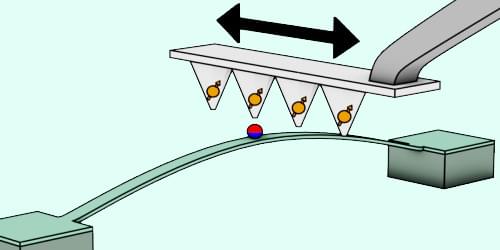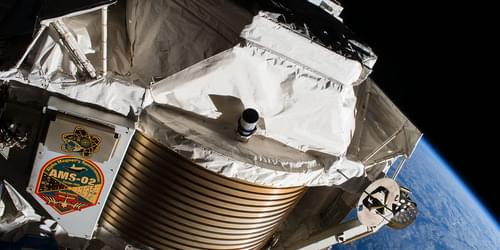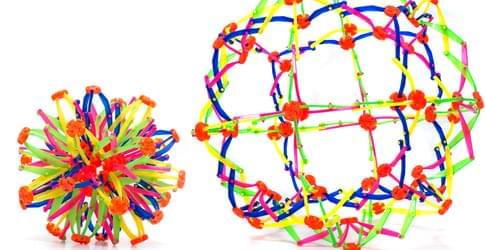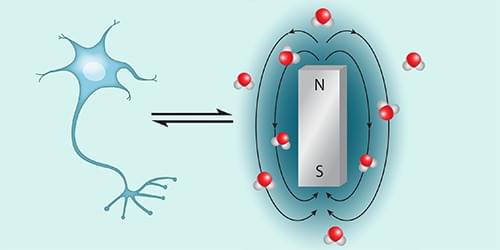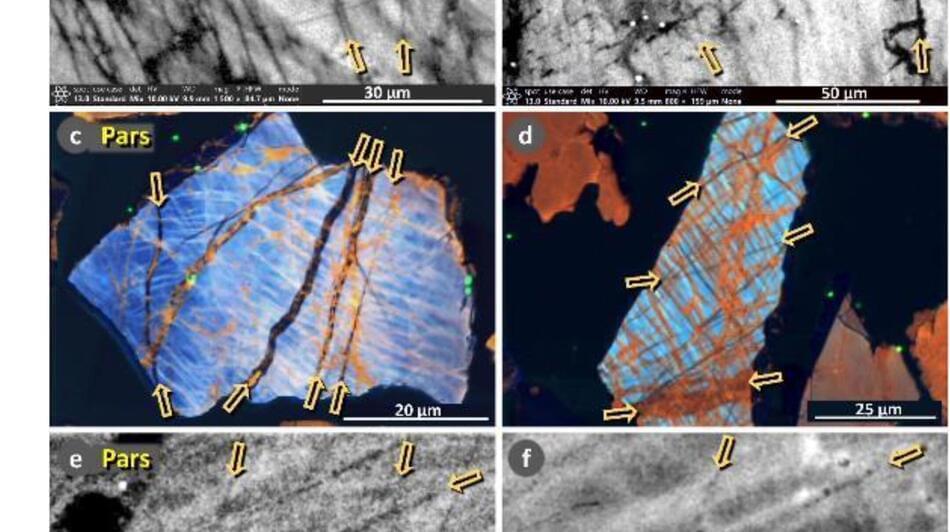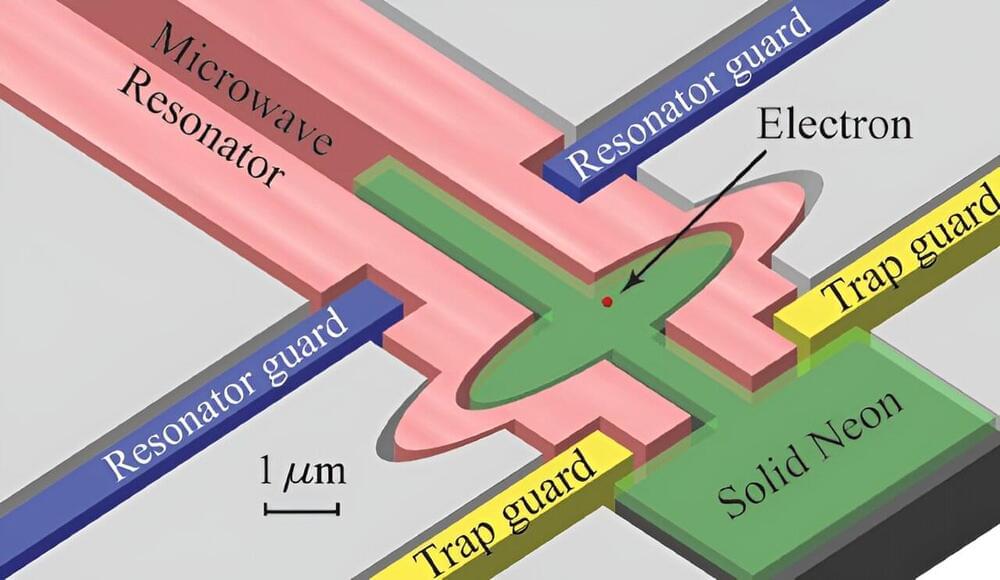Jun 27, 2024
Company cuts costs by replacing 60-strong writing team with AI
Posted by Raphael Ramos in categories: employment, robotics/AI
They were gradually replaced by AI.
A hot potato: CEOs, bosses, and the those who make the technology love to assure people that artificial intelligence isn’t going to replace everyone’s jobs; it will merely augment them – working alongside humans to make life easier. Yet we keep hearing stories like the one about a writer whose employer fired his 60-person team and replaced them with an AI.
A writer using the pseudonym Benjamin Miller told the BBC that his company wanted to use AI to cut costs in early 2023. He led a team of more than 60 writers and editors who published blog posts and articles to promote a tech company that packages and resells data.
Continue reading “Company cuts costs by replacing 60-strong writing team with AI” »


